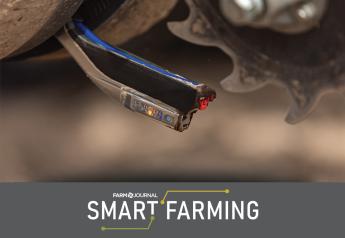Slugs Can't Spring, but Late Spring is the Time to Watch for Them

As planting wraps up, a reminder is in order about possible slug problems in no-till crops, especially in fields with a history of slug damage. Although we do not know how numerous slugs are in fields, we do know that most crops are being planted later than normal. If you have read our recommendations for slug management, you know that one way a grower can get a head start is to plant early, and get their crop out of the soil and growing before slugs begin their heaviest feeding. However, with the weather conditions over the past month, many fields are just now being planted. Slugs have been hatching and beginning to grow; this will result in many fields just germinating or emerging when slugs start to feed. This combination of feeding slugs and small plants can result in much more plant injury that normal. Slugs can also damage un-germinated seed. Thus, growers with a history of slug problems who are just now planting into those fields should watch their crops closely over the next few weeks. Although all fields should be scouted, focus on those with a history of these pests, where weed control was less than effective, or with a lot of residue left on the field.
Slugs are nocturnal so you may not catch them in the act of feeding unless you inspect plants after dusk. If you see feeding damage on plants, sift through residue and look under stones in the field. An asphalt shingle laid out on the ground, painted white to keep it cooler, is also a good sampling device. Slugs will collect under it during the day. We do not have research-based thresholds for slugs in field crops. However, if the level of damage concerns you, a rescue treatment may be in order. There are few products available, but three of them are Deadline MP, Iron Fist, and Ferrox, which are all baited pellets which must be broadcast and ingested by the slugs.
For more information on slug management, our field crop slug factsheet is located at
http://ohioline.osu.edu/factsheet/ENT-20
Also see these two videos from the Plant Management Network developed by our recently retired Extension Entomologist, Dr. Ron Hammond:
https://www.plantmanagementnetwork.org/edcenter/seminars/soybean/SlugManagementSoybean/
http://www.plantmanagementnetwork.org/edcenter/seminars/corn/slugmanagementcorn/







